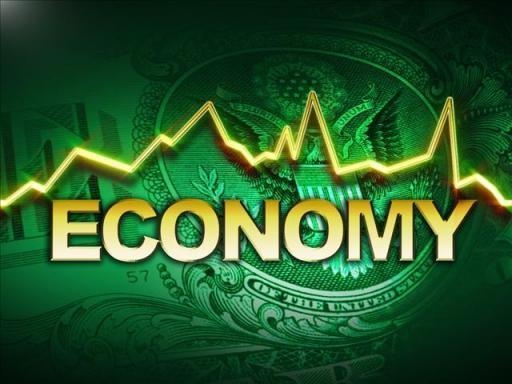Market Data

July 26, 2018
Cracks in the Foundation of Global Growth Start to Emerge
Written by Tim Triplett
Editor’s note: This article was contributed by Lisa Morrison, principal economist with the CRU Group.
From the standpoint of trade policy and its economic effects, it has certainly been another busy month. President Trump is now threatening another round of tariffs on China. This time, it’s a levy of 10 percent on $200 billion in Chinese imports, which could potentially come into effect during Q4 2018. WTO complaints have been filed against the U.S., and by the U.S., and accusations of harming the world trade order are being hurled from all corners. A few U.S. companies facing higher tariffs on their exports announced their intent to move production overseas in order to remain competitive in those markets and their president has loudly chastised them. Auto retailers are reportedly gearing up to stockpile imports of foreign-made cars, fearing that the potential 25 percent tariff on imported cars will raise costs enough to dampen demand by H2 2019. The glimmer of good news in recent days is a show of free trade solidarity—the EU and Japan have just inked a new trade agreement that will eliminate more than $1 billion in tariffs between the partners. Sadly, it is the negative U.S. actions on trade that spurred the deal to get done and yet another instance where the U.S. seems content to remain on the outside looking in at further trade liberalization.
Trade conflicts have already started to affect behavior in terms of policy choices and business decisions. Though we do not have much “hard” data to point to, there are reliable “soft” indicators that can provide some insight into how the economy is reacting to the trade tensions. Some of the most useful indicators are now flashing yellow/amber. In the U.S., measures of both consumer and business confidence are beginning to waver, albeit from relatively high levels. The July reading of Germany’s long-running and highly-watched ZEW economic survey fell to its lowest level in six years. Bank of America Merrill Lynch reported that, in July, their clients were the least optimistic about future global growth since 2016. Taken together, this information paints a picture that the optimism that drove economic growth and promoted stronger trade flows in 2017 is now beginning to dissipate amidst the trade tensions that have surfaced.
Whether the story told by these early indicators is wholly trade-related, or is partly due a peaking of the economic cycles in the major economies, is not possible to know. That said, if the global economic cycle is reaching its apex, then the artificial restriction of trade caused by U.S. protectionism and retaliation by its partners presents dual risks to the outlook. The first is how quickly the global economy moves from plateau to downturn. The second is how much of a decline the global economy experiences.
Measuring the effects of trade conflict is not clear-cut. The direct cost of tariffs on a quantity of imports and/or exports is relatively easy to quantify. In the case of both the U.S. and China, a 25 percent tariff on all goods flowing between the two countries does reduce GDP growth but does not, by itself, result in a significant economic turndown in either country. However, these direct costs from tariffs are only the tip of the iceberg. The real danger from the bubbling trade conflicts between the U.S. and its partners is much harder to measure because we cannot easily observe and quantify the effects of these policies on each consumer, company or industry. We cannot be sure exactly how much of the tariff will pass through to the final consumer versus how much the exporter will bear as a lower margin. For every good on the tariff list, we do not know how much of the import demand can be met domestically in either the near term, or for the next several years, or if that demand will be lost and never regained.
In addition, the mercurial nature of the Trump administration’s decisions creates a challenging environment for planning investment decisions. Not only is it almost impossible to anticipate the president’s next target (the car sector 232 investigation is a case in point), but there is also no way to know how trade partners will respond. As evidence that business decision making is likely to become more difficult, we point to the June release of the Global Policy Uncertainty Index (www.policyuncertainty.com), which has risen 56 percent since February (and was already above the long-term series average) and now stands at its highest level since March 2017.
With the three largest economic blocs—China, the EU and the U.S.—now showing signs that they have hit the peak of their economic cycles, the downside risk arising from a sharp deceleration in trade flows looms larger. Historically, restricting trade has never been a recipe for boosting economic growth since it cuts off routes to specialization and competitive advantage, which drive higher productivity and further economic expansion. Although the plateau for this cycle is in sight, and the noise around the trade conflicts is very loud, we do not yet see a significant downturn on the horizon. Moreover, policymakers could mitigate the effects of export contraction and higher import costs. Fiscal stimulus via infrastructure investment is certainly available in China. For the U.S., monetary tightening is under way, so there is some room to lower interest rates if growth slows too quickly. The situation for the EU is more challenging as its economy is slowing at a time when there are plans to normalize monetary policy and the scope for further easing is rather limited.






